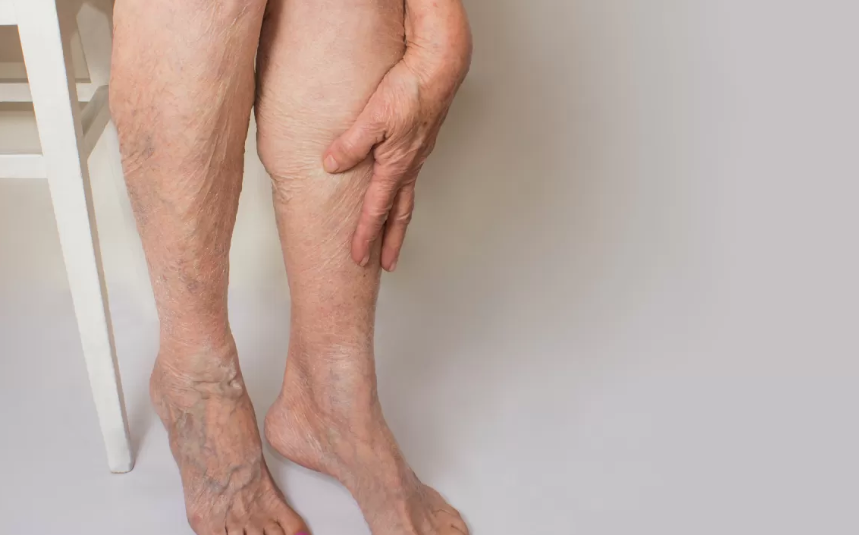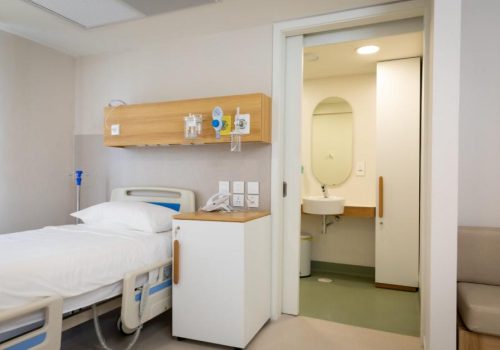A Guide to Dealing with Endovenous Thermal Ablation
In the realm of modern medicine, effective treatments for the management of varicose veins have become increasingly important. Among these, Endovenous thermal ablation stands out as a revolutionary procedure, offering a minimally invasive solution compared to traditional methods. The following guide aims to provide a comprehensive look into this treatment, shedding light on what patients can expect and how to prepare for the best possible outcomes.
Understanding Endovenous Thermal Ablation
Endovenous thermal ablation (ETA) is a cutting-edge procedure designed to treat varicose veins, a condition affecting a significant portion of the adult population. This minimally invasive technique involves the application of heat to the inside of the vein, causing it to seal shut and reroute blood flow to healthier veins. The procedure is performed using local anesthesia, contributing to its appeal by offering a quick recovery time and minimal discomfort.
Before the Procedure
Preparation is key to easing any concerns you might have and to ensuring the process runs smoothly. First and foremost, it’s crucial to discuss your medical history and any medications you’re currently taking with your doctor. Some medications may need to be paused or adjusted in the days leading up to your procedure. Moreover, it’s advisable to arrange for someone to drive you home post-procedure, as you may experience mild sedation effects or discomfort.
During the Procedure
The procedure itself is relatively quick, typically lasting around an hour. It begins with the application of local anesthesia, followed by a small incision near the affected vein. A thin catheter is then inserted and guided through the vein under ultrasound imaging.
Post-Procedure Care
Post-procedure care is crucial for ensuring a speedy recovery and optimal results. Patients are generally encouraged to walk immediately after the procedure to promote circulation. Wearing compression stockings for a specified period may also be advised to help reduce swelling and improve healing.
In the context of fibroid removal surgery, it’s worth noting the importance of choosing the right medical procedure tailored to your specific condition. Just as fibroid removal requires careful consideration and planning, treatments for conditions like varicose veins demand a similarly thoughtful approach, underlining the need for professional medical advice.
Conclusion
Endovenous thermal ablation presents a promising option for those suffering from varicose veins, offering an efficient, less-invasive alternative to traditional surgical methods. By understanding the procedure, preparing adequately, and following post-procedure care instructions, patients can look forward to significant relief and a swift return to their daily routines.





